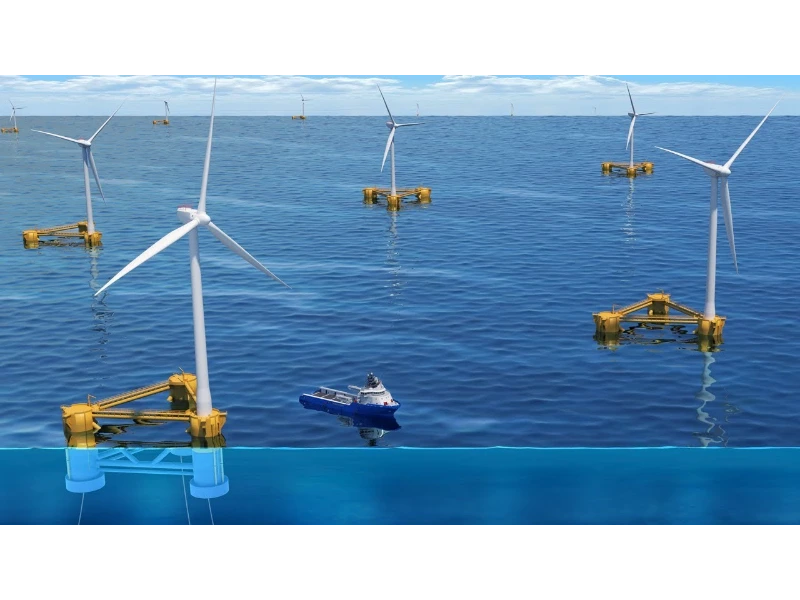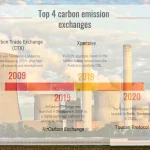- Last year, the EU installed a record 16.2 GW of wind energy capacity, 79%of which was onshore.
- Permitting procedures for new projects is improving due to new EU rules aimed at streamlining and speeding up the process.
- New investment in offshore wind totalled 30 billion euros ($32.52 billion) last year, up from 0.4 billion euros in 2022.
In a recent report by WindEurope, the European Union’s ambitious wind power target for 2030 seems well within reach, thanks to a resurgence in investment and streamlined permitting procedures. The report outlines a positive outlook for the industry, forecasting an average annual installation of 29 gigawatts (GW) of wind capacity, ultimately reaching a total installed capacity of 393 GW by 2030. To align with the EU’s climate objectives, an estimated 33 GW of new capacity needs to be installed each year.
The enhancement of permitting procedures
One of the key drivers behind this positive trajectory is the enhancement of permitting procedures for new projects, attributed to the implementation of new EU regulations aimed at simplifying and expediting the process. Countries such as Germany, Spain, France, Greece, Belgium, and Britain have witnessed notable increases in permitting volumes, signaling a more favorable environment for wind energy project development.
Also read: Micro nuclear power: Interview with Bret Kugelmass, CEO of Last Energy
The substantial increase of investments
Furthermore, investments in new offshore wind capacity soared to 30 billion euros in the previous year, a substantial increase from the 0.4 billion euros recorded in 2022. WindEurope CEO Giles Dickson highlighted the progress, stating, “Permitting has improved thanks to new EU rules. Investments are up. Record volumes are being auctioned and built.” Dickson emphasized the commitment of governments to bolster the wind energy sector through initiatives like the Wind Power Package and Charter.
Also read: EU Nations adopt historic AI Act, setting global standards
Onshore installations to offshore installations
While two-thirds of the projected installations will be onshore, a significant uptick in offshore installations is expected towards the latter part of the decade. Notably, the EU achieved a milestone last year by installing a record-breaking 16.2 GW of wind energy capacity, with 79% of the capacity coming from onshore installations.
Grid connection should be developed
Furthermore, the report emphasizes the importance of governments addressing challenges related to grid connection delays, identifying it as a primary risk to achieving the 2030 target. Governments are urged to prioritize the expedited development of grids to facilitate the integration of new wind farms and ensure the smooth transmission of clean energy across the region.
The positive momentum in the wind energy sector not only indicates progress towards the EU’s renewable energy goals but also demonstrates a promising shift towards a more sustainable energy landscape. With concerted efforts from stakeholders and policymakers, the EU is positioned to significantly increase its wind energy capacity and advance its transition to a greener future.









